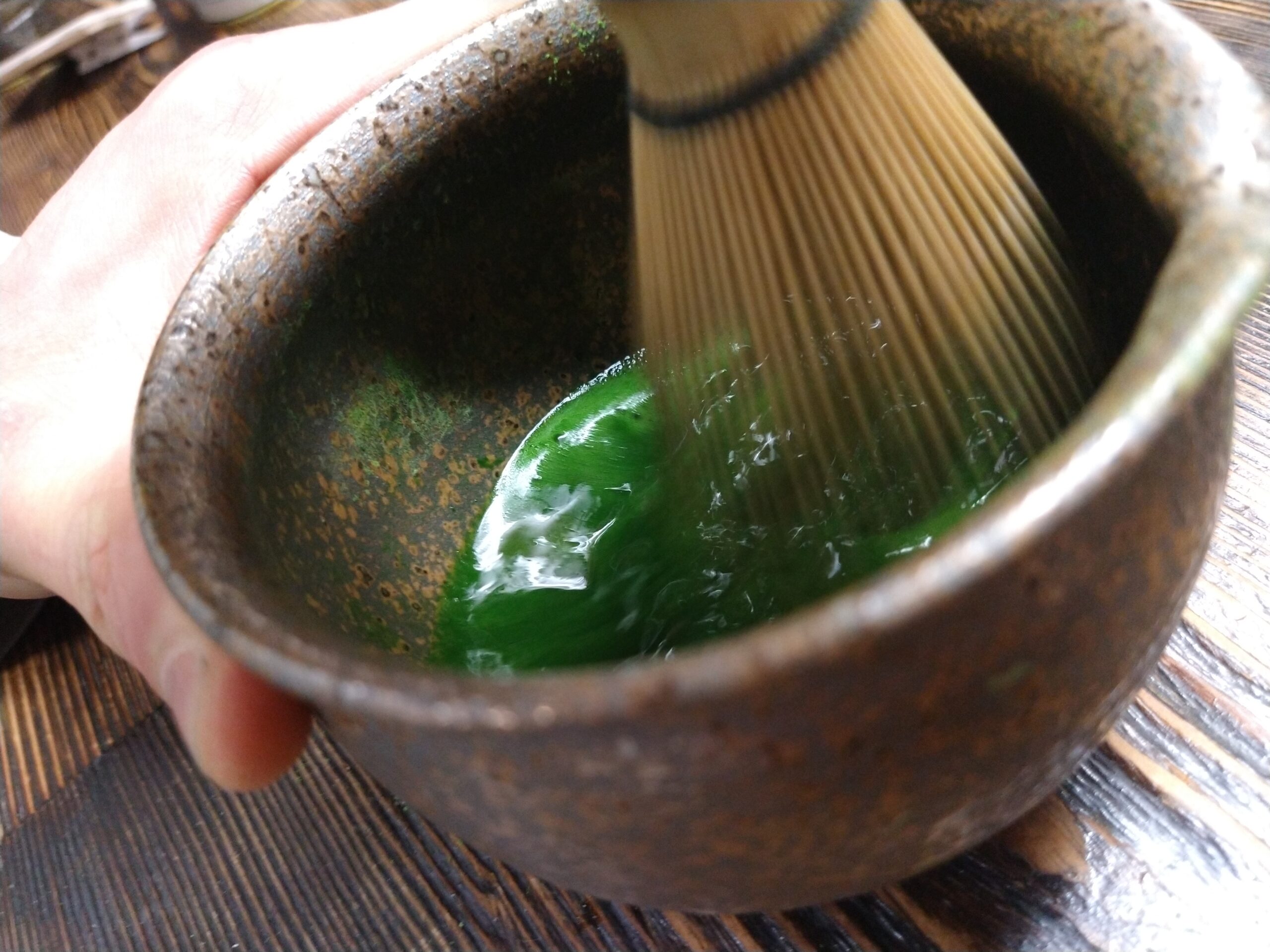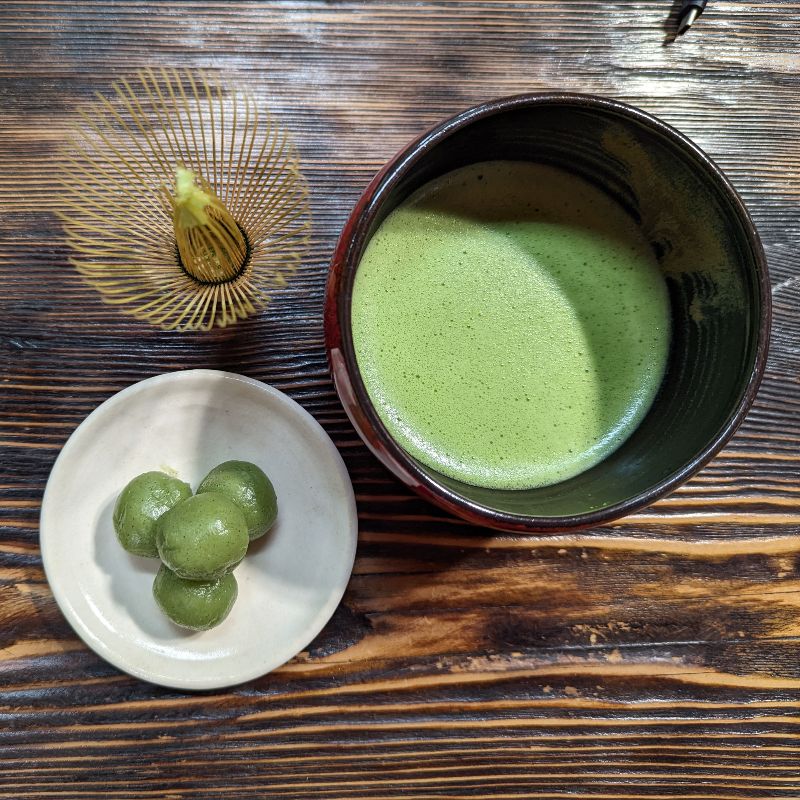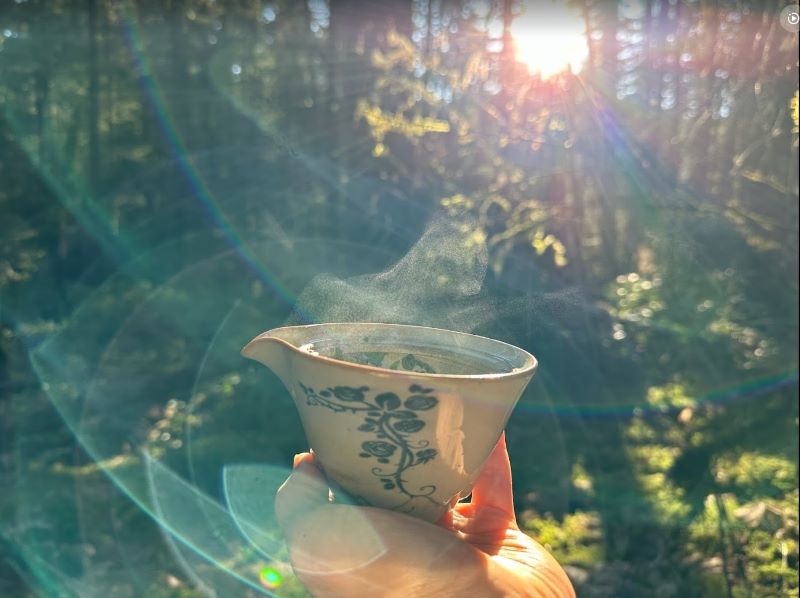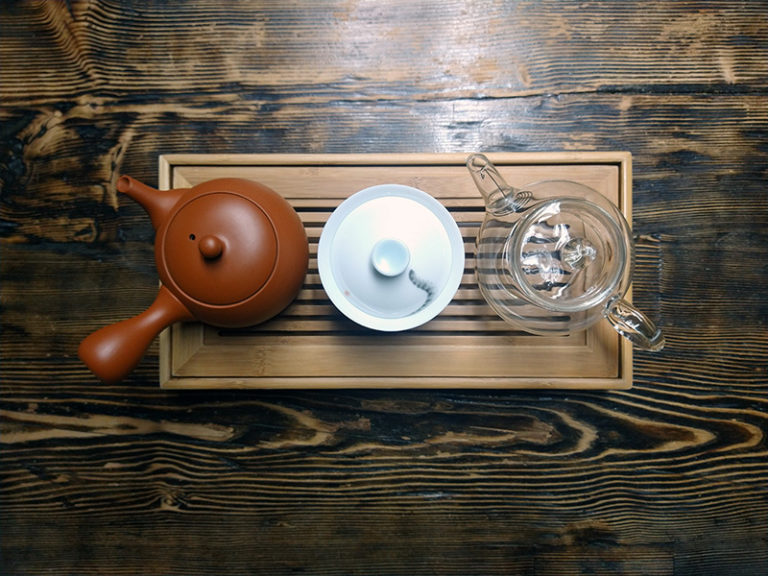
This question gets asked a lot and there really is no one true answer. Culture, context, preference, experience; all play a role in the direction that answer takes.
JagaSilk is mostly a wholesaler and we often help new specialty coffee shops set up their tea programs. The needs of a cafe are generally focused on taking up a minimal footprint, being easy to clean, and durability.
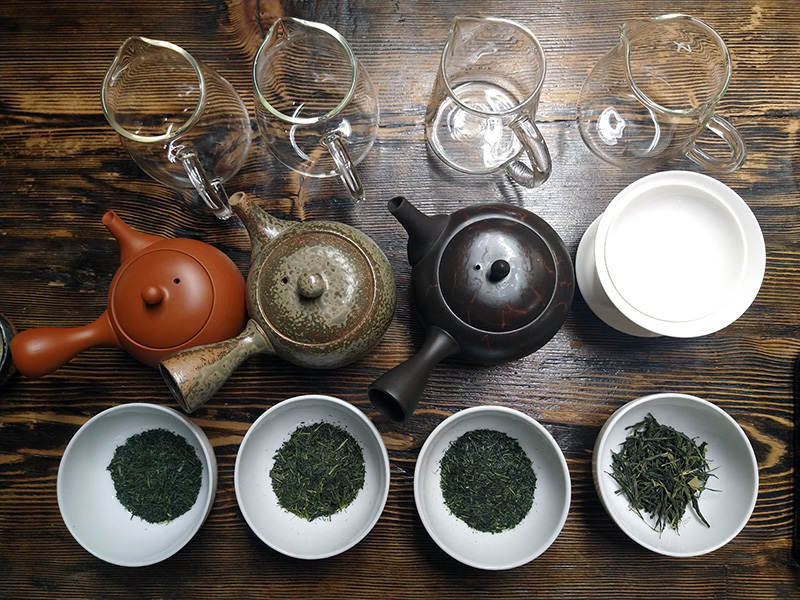
“Many ancient tea cultures will have you carefully extract flavour…”
Straight off the bat, we are firm believers in controlling the steep time. Many newer tea cultures will have you leave the tea extracting as you drink, transforming those complex flavour molecules into something fairly harsh and tannic – tea bags are an example. Many ancient tea cultures will have you carefully extract flavour over the course of many steeps, allowing for a profound flavour journey. We love to draw inspiration from these older techniques and see just how far we can encourage specialty cafes to go in their pursuit for accurate and interesting flavour.
Over the years we have been looking into a variety of extraction methods. Inspired by a careful manual brew bar system, we encourage our clients to weigh the leaves, weigh the water, control the temperature, and time the steep – all of these variables need to be calibrated to that particular tea, that particular year. We have found that tea balls and tea cylinders interfere with the leaves’ ability to properly extract and open up.
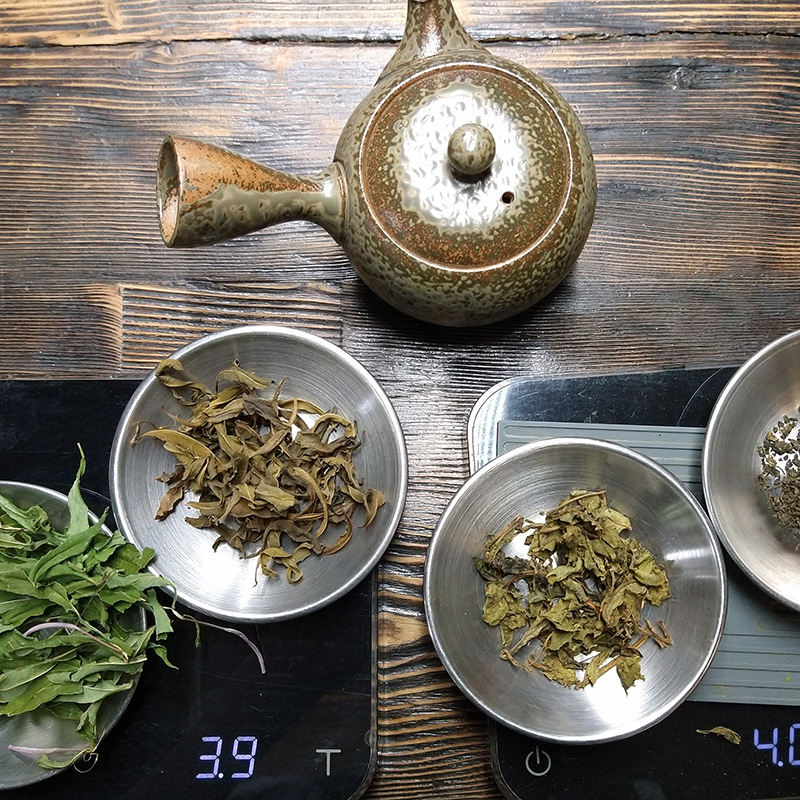
Glass and ceramic seem to allow for an ideal “thermal loss curve”
Ceramic and glass have produced the best results for us. We have found a wide brewing vessel, ideally bulbous in shape, to be ideal. Plastic scratches easily and takes on the flavours of the tea brewed before, so we are not fans. A lot of plastic brewers are much too large, while the brewers with filters on the bottom are needlessly hard to clean. One of the best programs we have helped set up has the cafe brewing in glass carafes and pouring through a sieve into a teapot for service. This allows for carefully controlled extraction and for the client’s customers to pour from a comfortable teapot into their cup. Glass and ceramic seem to allow for an ideal “thermal loss curve”, where the material dissipates heat in a way that makes for optimum extraction and does not “sweat” or burn the leaves. We also like to analyze drop times when choosing a brewing vessel: 3 seconds to empty the teapot or brewer is where we like to find ourselves, so smaller is best in this respect.
Very little air in the brewer seems to make a great deal of difference as well. Not only does this trap a lot of the volatile oils that give us complex flavours and aromatics, but it encourages that nice thorough rehydration of the leaves. Smaller pots thus prove ideal, and we are more and more encouraging 90ml~120ml teapots with 180ml being the largest to keep the program making sense on a lot of levels. Using less tea in smaller vessels, but ensuring its quality – and often subsequent ability to extract multiple steeps – means that it makes sense to use smaller vessels. The gaiwan is a great example of one of the simplest and most elegant systems there is. The lid holds back the leaves as you decant, not even a need for a sieve. Glass often produces similar results, both being non porous and thus not really interfering with the extraction.
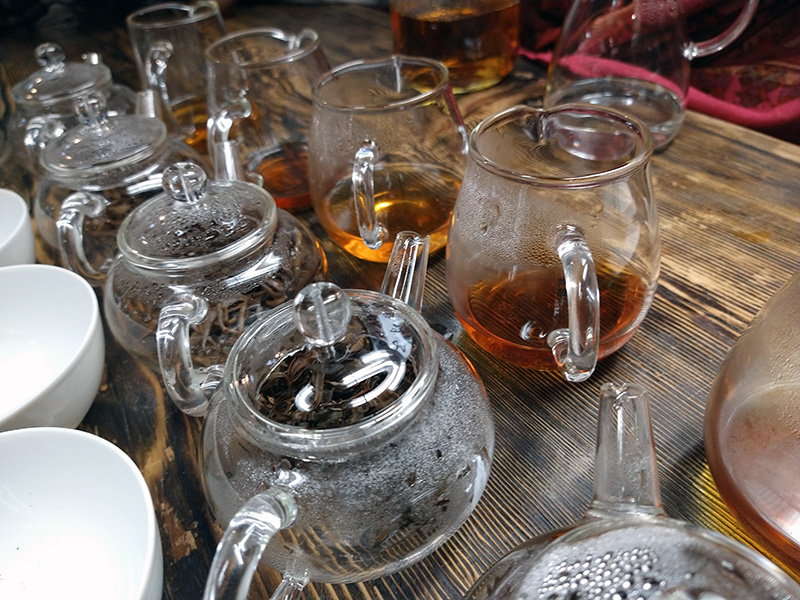
“It is fascinating to see how the industry is changing”
A good clay teapot like an Yixing purple clay pot, or a small and well made Japanese kyusu, are another ideal brewer for us. The clay being unglazed means that it will charge the water in such a way that the extraction components will be rearranged in way that has a noticeable effect on the end flavour. We often start with glass or glazed ceramic to get a sense of a tea, and then extract in porous clay once we know the tea to see what kind of personality we can pull out of the tea.
For many of our cafe clients, they love the simplicity of a measuring cup and sieve. Brew in the measuring cup and pour through a sieve into the to-go cup. We have encouraged this for many years, but are at the same time analyzing how the smaller teapots could play a role in the specialty cafe. Layering extractions into to go cups and offering multi-steep tea service “for here” seems like an ideal solution to this age old dilemma.
It is fascinating to see how the industry is changing and becoming more and more open to aesthetic beauty and form over industrial grade durability. A careful and thought out system that helps to draw out the best from the tea, while paying homage to the tea is where we want to end up.
With our maccha program, we have never given up the bowl or the bamboo whisk. There is a lot of pull to go stainless steel and to use a blender, etc, but it can never produce the same results. It is our belief that perception and visuals enhance and build on beautiful flavours to create a sensory experience. Carefully crafted bamboo whisks frothing up emerald green maccha in a beautifully thrown maccha bowl helps bring the tea to another level. Perhaps we just need to move forward with a similar dedication to the aesthetic and flavour enhancement that the small teapot provides.
Share this article
Search the blog
JagaSilk Links
Article Categories
Subscribe to our Newsletter
Love maccha? Sign up and get 10% off your first order. You'll also receive new articles and video content!

